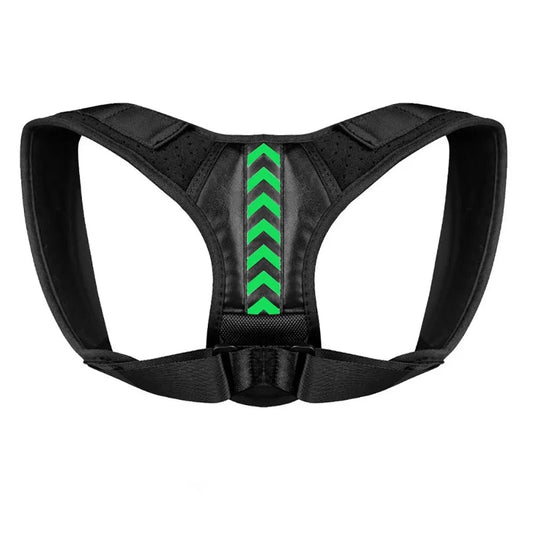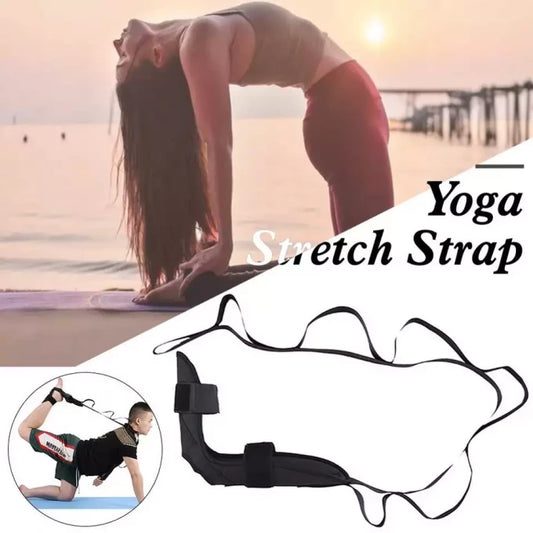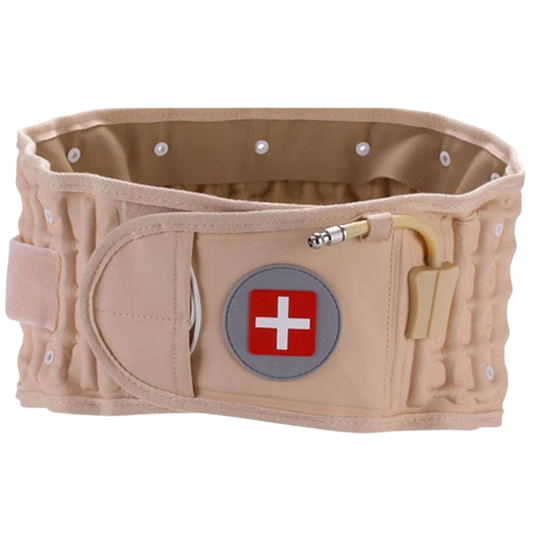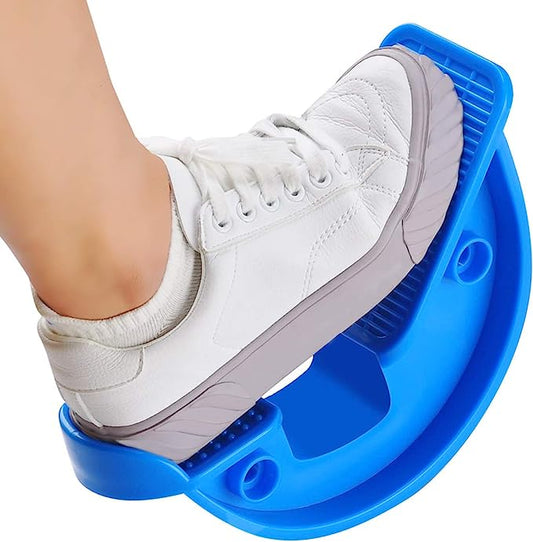
The squat is one of the most well-known calisthenics exercises available. Bodybuilders, gym enthusiasts, and even beginners use this technique to get into shape. However, squat injuries are common as this move is difficult for people who are overweight or don't have very much muscle tone, particularly if you are inexperienced.
Thankfully, there are ways to help with that. These three techniques focus on developing the stamina, and also the proper stance, so that people concerned with their fitness, whether experienced or just starting, can have a safe and satisfying workout.
1. Barbell Hip Thrusts
The barbell hip thrust is ideal for strengthening weak glutes. One of the most common squat-related problems for people who are just starting to workout is valgus collapse. Valgus collapse is what happens with the knees bend toward each other while doing the upward motion of the squat. It means that the glutes aren't strong enough to complete the movement.
Doing barbell hip thrust isn't as difficult as it sounds but it takes hard work to master them. Start by sitting on the ground with a bench or other stabilizing object behind your shoulder blades. Have a pad or other cushion across your hips and then place a loaded barbell on them. Keep your heels underneath your knees and your feet flat on the floor as you lift your hips off the ground, keeping your butt about 3 inches above the ground. Tighten your glutes to keep your body in a straight line and slowly lower your body to the ground as you return to the original position.
2. Prone Back Extensions
The second most common issue for beginners is not having enough lower back strength to prevent injury while doing squats. This is where prone back extensions are a great help.
Begin by lying face down on the floor with your arms resting against your body. Squeeze the glutes and lift both torso and legs into the air, while trying to touch your arms behind your back in the same movement. After holding this position for 2 or 3 seconds, slowly return to the starting position. This is a complex exercise and it's best to keep breathing even while focusing on slow, controlled movement.
3. Stance
Having a proper stance is a key part of many exercises. If you are encountering additional problems with doing squats, it might not be because of the muscles but because of the stance in which you're performing the squat. While experts assert that there are many different stances, all with their own pros and cons, the generally accepted way is to have the feet a little further than shoulder-width apart with the toes pointed slightly outward. This pose allows for extra stability, an important thing when lifting your body weight, and balance for weight lifting. Additionally, this pose engages the groin muscle which will help to engage all of the necessary muscles needed to do proper squats.
-
FlexStrap - Finally Pain Free & Flexible Again
Regular price £15.99Regular priceUnit price per£19.99Sale price £15.99Sale -
Inflatable Decompression Back Support Belt
Regular price £44.99Regular priceUnit price per -
Foot Rocker Calf, Ankle & Foot Stretcher
Regular price £15.99Regular priceUnit price per£19.99Sale price £15.99Sale -
 Sale
SalePosture Align Pro
Regular price £19.99Regular priceUnit price per£24.99Sale price £19.99Sale




